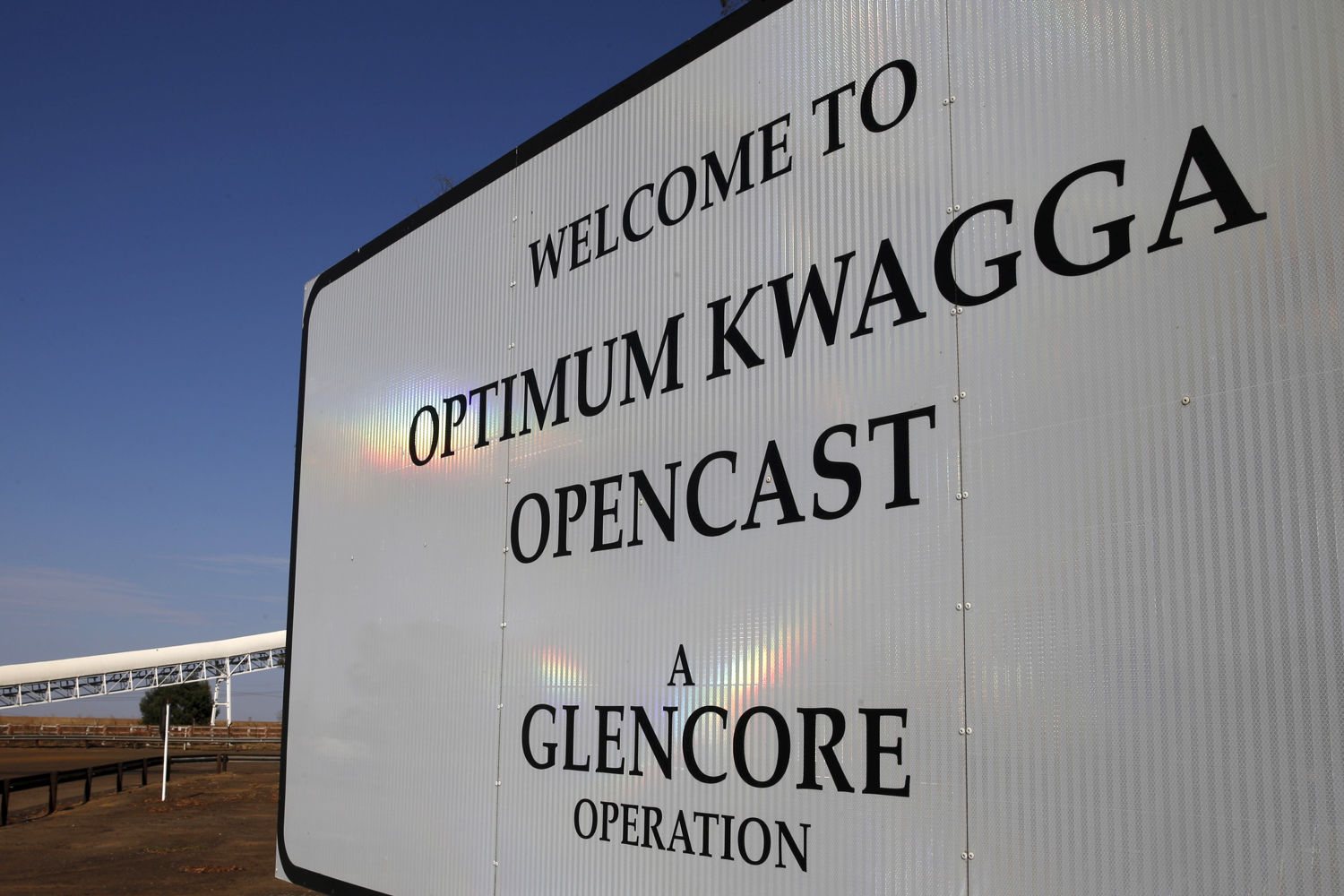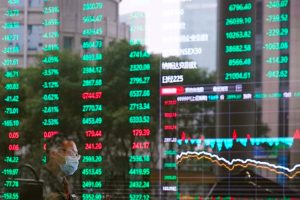(ATF) Glencore reinstated its dividend and flagged possible further payouts on the back of strong commodity prices, signalling an optimistic market for global miners and commodities brokers.
The commodities trading giant recommended a distribution of $0.12 per share for 2021, representing a bigger than expected total payout of $1.6 billion, having scrapped its dividend in August after a pandemic-driven first-half loss.
Ivan Glasenberg, Glencore’s chief executive and second-largest shareholder, is handing over to Gary Nagle in the first half of the year after 18 years at the helm but reiterated he plans to keep his 9% stake.
The commodities giant followed Anglo-Australian miner BHP back into the dividend stakes in a sign of an across-the-board bullishness in natural resources, fuelled by increasing demand from China.
“This is a developing trend and it reflects the strong growth in the commodity markets being fuelled by new infrastructure and the energy transition as we move away from the Covid-19 pandemic,” Charles Bond, natural resources partner at London law firm Gowling WLG told Asia Times Financial.
Glencore’s trading business benefited from strong metals markets, particularly copper, nickel and zinc. The company strategically stored oil when crude prices plunged early last year, selling it later at higher prices.
Full-year adjusted earnings before interest, tax, depreciation and amortisation beat the $10.7 billion expected in a poll of 12 analysts compiled by Vuma, while marketing earnings before interest and tax jumped 41% to $3.3 billion.
EXTREME VOLATILITY
The trading division had its best year since 2008, buoyed by extreme volatility in the oil market because of coronavirus lockdowns and a challenging cobalt market. “The company’s 2020 results are exceptional in light of the fact that it was the year of a global pandemic,” said Chris LaFemina, equities research analyst at Jefferies in New York.
Net debt fell to $15.8 billion in 2020 from $17.6 billion in 2019, helped by strong second-half cash flows. Glencore’s net debt is the largest among its peers, partly because of its trading business.
The group booked a mainly non-cash impairment charge of $5.9 billion largely against its Mopani mine in Zambia and Colombian coal and African oil assets, widening its net loss to $1.6 billion from $404 million the previous year.
“As Glencore continues on its path to shed some of its long tail of assets, there is potential that some more writedowns emerge,” said Russ Mould, investment director at AJ Bell in Brighton, UK.
In coal, Glencore continued to divert its output from Australia to other markets owing to a trade dispute between Australia and China, Glasenberg said. He ruled out buying BHP’s Mount Arthur thermal coal mine in Australia.
“Glencore also has exposure to oil and coal which contributed to a pretty mixed set of full year results, with big trading profit but a drop in overall revenue,” said Mould. “The big development, which paved the way for the reinstatement of the dividend, was a material reduction in debt.”
With reporting by Reuters
























